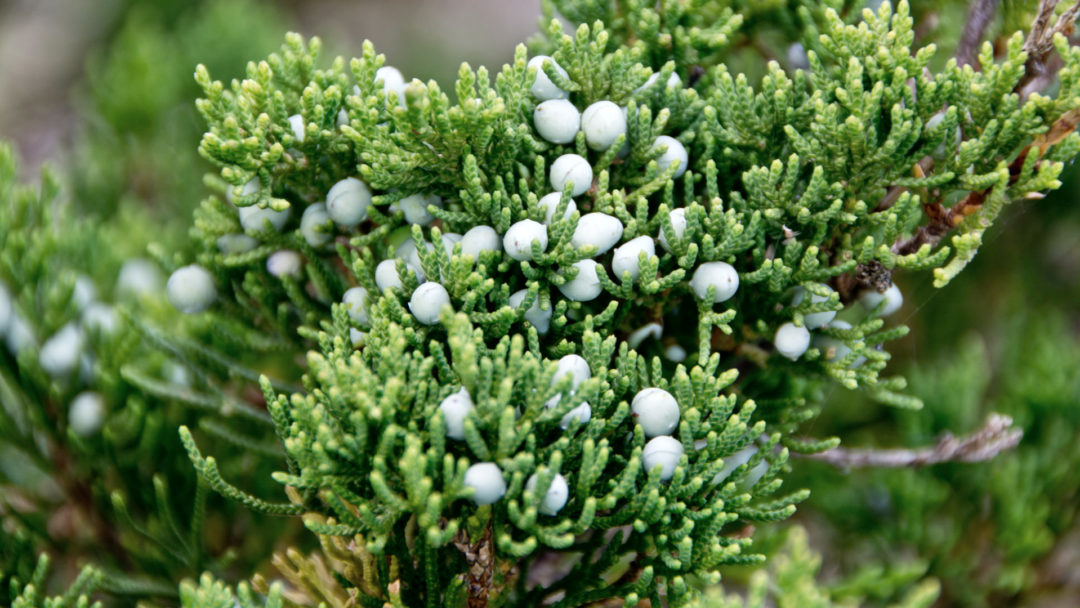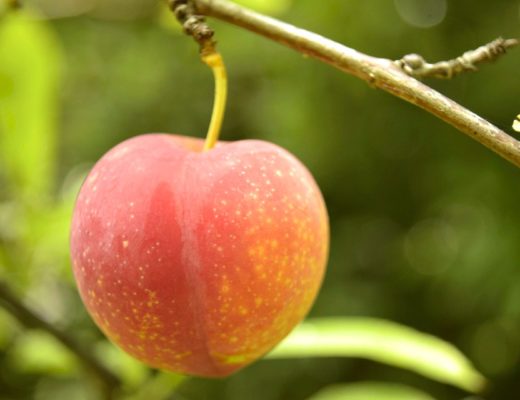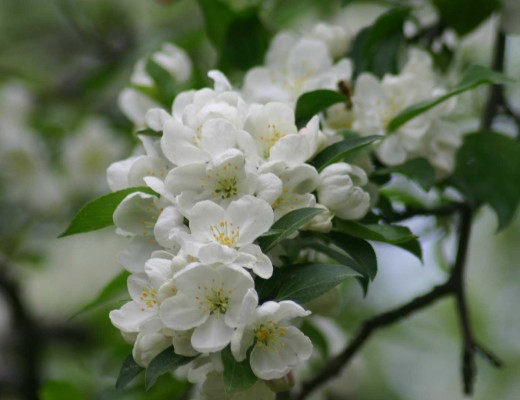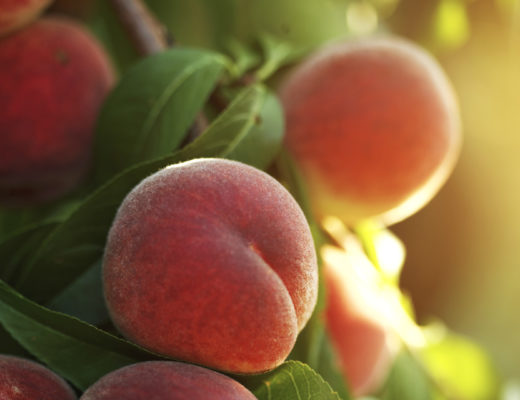Juniperus virginiana
The eastern redcedar is an ancient tree, dating back to Native America where fossil evidence indicates it covered large portions of the continent. It is the most common conifer in the eastern part of North America. It sits on pasture hills and farm hedgerows, adorning open country.
Early explorers took notice of the tree. Reports state captains Arthur Barlowe and Phillip Amadus were quoted as saying the trees were “the tallest and reddest cedars in the world.” Redcedar wood became popular with craftsman. It was easy to work with, resistant to decay and aromatic. It was great for cedar chests because the wood was a natural repellant to moths and other clothes-eating insects.
The interesting thing about the redcedar is that it isn’t a cedar at all. The eastern redcedar is a juniper, despite its misleading name. While many admired the cedar for its beauty there are others who aren’t impressed with it. The tree is a housing ground for disease-causing fungi and plagues apples, crabapples, hawthorns and quinces. It’s known to be the cause of cedar-apple rust on apple trees. Although there are fungicides that may be effective against rust diseases, plant with caution if apple trees are within range of an eastern redcedar.
Some consider the tree to be an invasive species, while other will argue that it’s suitable for open areas. If you’re adding to your yard, plant with caution. It still has admirable qualities in a tree. It is the most drought-resistant conifer (hardiness zones 2-9) and has a reputation for improving soil where it is planted. Accumulating needles can alter soil pH to a more alkaline level, which in turn provides more favorable conditions to worms. The roots grow deep and aren’t said to raise sidewalks even when planted nearby. It’s a sun-loving tree, preferring at least six hours of direct sunlight every day. It grows up to two feet a year and reaches 40-50 feet at maturity. Its height and shape make it great for windbreaks, snowfences, hedges and screens.




